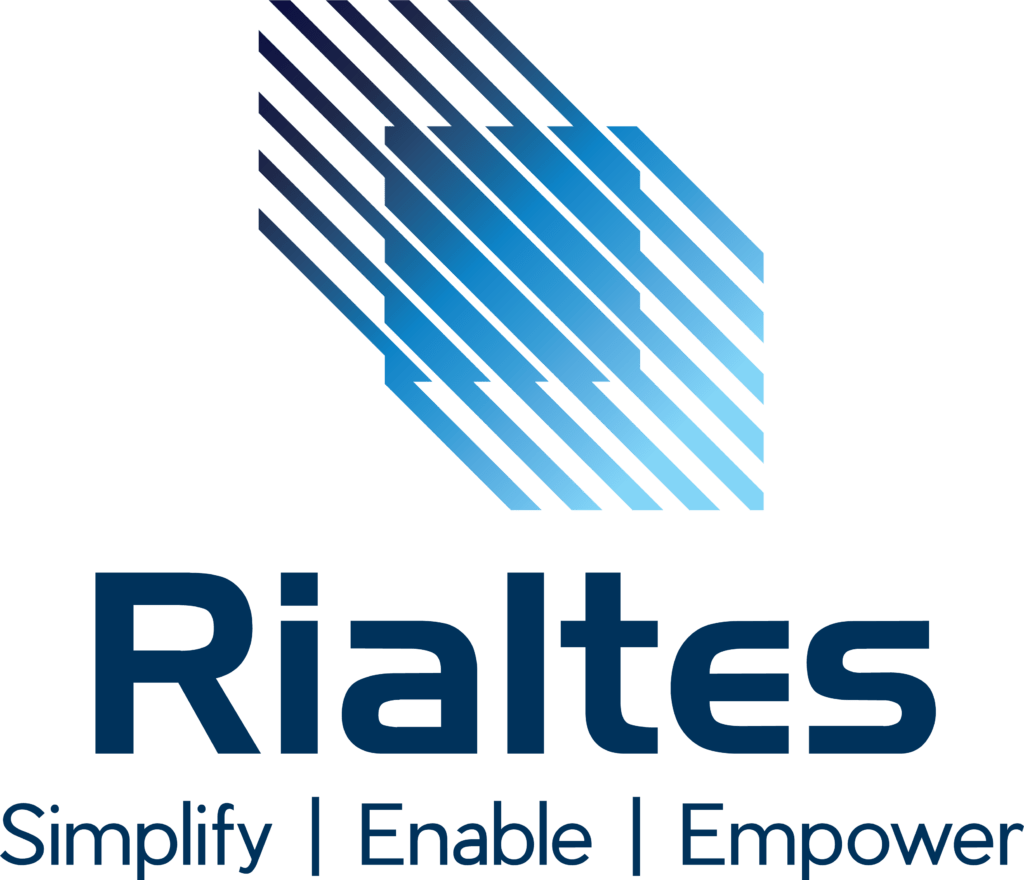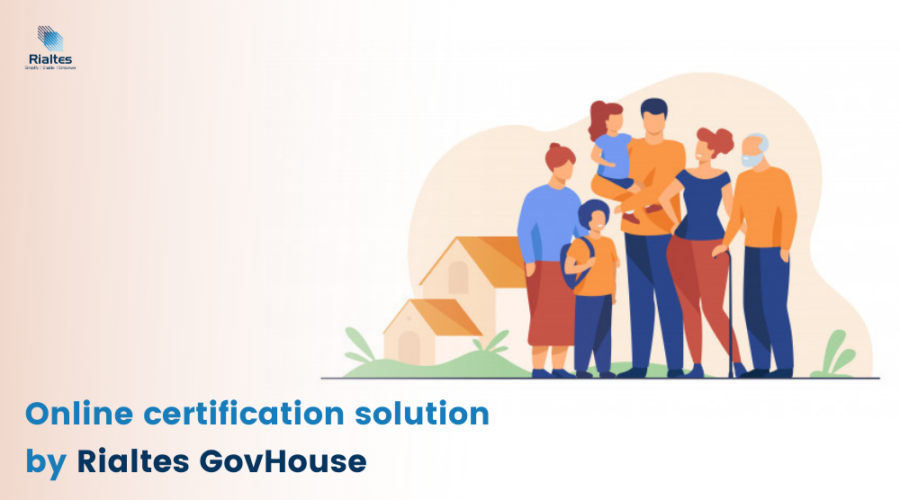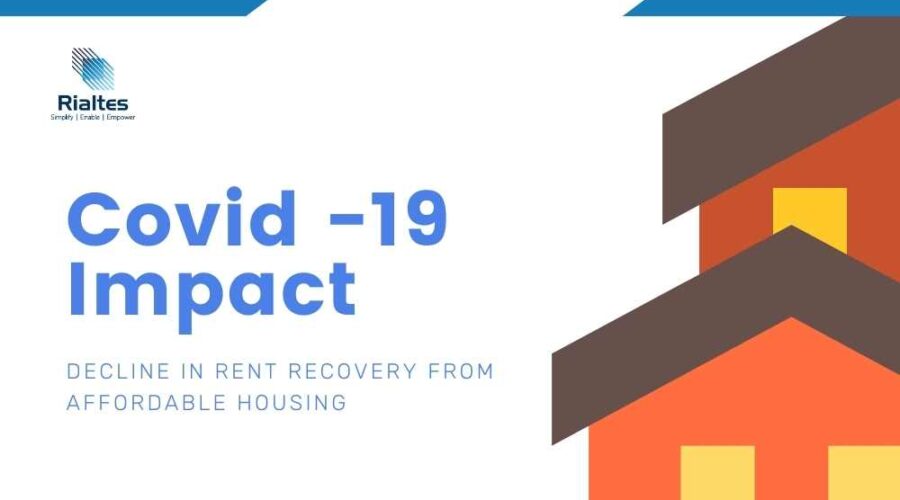Homeownership Affordability Trends in the US: 2010-2019
Subsidized and affordable housing in the US dates to the 1930s, when the federal government began getting involved in social housing under the United States Housing Act. However, it was not until the 1960s when some of the major policy initiatives started taking effect. Public housing plays a crucial role in ensuring that low-income as well as vulnerable populations have access to safe, sanitary, and affordable housing.
The US Department of Housing & Urban Development (HUD) governs close to 3,300 public housing agencies (PHA) that support the housing needs of around 1.2 million American households. The PHAs administer several public homeownership programs that aim to help public housing residents to convert their rents into mortgage payments by becoming homeowners.
Here’s a quick look at how homeownership affordability has changed over the last ten years.[/vc_column_text]
MFI
Median Family Income (MFI)
There has been a steady YOY increase in the median family income for American citizens. The annual MFI increased by 30% from US$ 60,609 in 2010 to US$ 78,849 in 2019.
Median Price of Existing Single-Family Homes
The median price of existing homes increased by a whopping 59% from US$ 173,100 in 2010 to US$ 274,600 in 2019.
MHP
MIR
Mortgage Interest Rates
There have been a lot of fluctuation in the mortgage interest rates over the last 10 years. However, the overall trend points towards a decline in interest rates by around 17% from 4.89 in 2010 to 4.04 in 2019. In Q1 2020, this rate has further declined to 3.6.
Income to Qualify
The income to qualify, calculated based on the monthly payment on the median-priced home at the effective mortgage interest rate, has increased from US$ 35,232 to US$ 50,592 over the last 10 years.
Income to Qualify
HAI
Housing Affordability Index (HAI)
The HAI is the measure of housing affordability for a typical household over a given period. In the last ten years, the HAI for homeownership has decreased from 171.3 in 2010 to 152.7 in 2019. Despite, the decrease, a HAI of >100 shows that the typical household can afford a typical home in the income they earn. There are, however, significant differences between states and regions within the country, making homes in some regions more affordable than others.
Conclusion
The increase in the median income and median home prices, and decline in mortgage rates, over the last 10 years, has led to significant changes in housing affordability for American citizens. While there has been an overall decrease in the HAI, homeownership remains affordable for a typical American household. The HUD and PHAs continue to support homeownership for low-income and other vulnerable populations through programs such as the Housing Choice Vouchers (HCV) homeownership.
Data Source: HUD User Office of Policy Development & Research (PD&R)








